|
How to plant a hedge that will give you beauty, wildlife and foraging, all within a row of flowering plants. Hedges serve many purposes within a garden – they delineate the boundary between one garden and another or between different parts of the same garden, they can be used to filter strong winds, intrusive traffic noise and pollution and provide privacy. They are often planted as a backdrop to flower borders or lawns, to give evergreen structure in winter or to provide shelter when sitting outside. Hedges have a positive effect on gardens generally, they increase the range pollinators, native flora and fauna, they increase soil health and fertility, they increase biodiversity and local ecosystems and they can provide more food for less work than just about any thing else you can do. As the interest in growing food continues and more vegetable and fruit is planted instead of purely ornamental plants, what if your hedge rewarded you with food as well as being a windbreak or a screen. Imagine a hedgerow that is awash with spring blossom and a feast for the senses in autumn with colour and the wild flavours of the fruit nestled within. Succulent berries, the tartness of wild apples, pears and plums and the unique taste of hips, haws and nuts. A good native, edible hedge has many uses, this living wall of green is also great for wildlife all-year-round, offering nectar and pollen for many species of bugs and butterflies, fruit and berries for a myriad of birds and mammals as well as providing seasonal foraging for eating fresh, frozen or preserved. A single species hedge may give a more uniform look, but a mixed-species hedge can be absolutely stunning with the contrasting leaf shapes and textures, punctuated by masses of spring flowers and vibrant autumn colour in the form leaves and fruit. By growing the widest range of plants possible, you will also attract the widest range of wildlife. I would recommend a mixed hedge that includes some, if not all, of the following Prunus spinosa - Blackthorn or sloe - This native shrub or small tree is an excellent basic start for an edible hedge and its prickly stems make an excellent stock-proof barrier for any hedgerow. White flowers on bare branches in spring are followed by blue-black fruits in autumn that have a very sharp flavour when fresh but become sweeter if frozen after picking or left on the tree until after the first frosts. The sloes contain Vitamin C, potassium, calcium, magnesium, and other antioxidants but are not usually eaten raw and are rarely used for cooking; they are more widely collected for use in making wines or infused into alcohol and sugar to make sloe gin. Pyrus communis - The wild pear is thought to be one of the ancestors of domestic pears and can sometimes be found in older hedgerows. The whole tree is laden with clusters of white flowers in April which are very attractive to pollinators. The glossy green leaves in summer turn vibrant orange and gold in autumn and produces tiny, but sweet pears that are perfect for jellies and jam and considering it's a tree, it takes readily to clipping within a hedge. Malus sylvestris - The native crab apple forms a dense, bushy tree that will also conform readily to cutting and is often found in older hedgerows. Beautiful pinkish-white blossom, very rich in nectar and of incredible benefit to wildlife.; some 50 plus species of insect are associated with the crab apple. The blossom is also very rich in pollen, and will pollinate cultivated dessert and cooking apple varieties too. In autumn small, hard, tart green, sometimes flushed red fruits appear that make a delicious jelly and are excellent for a source of pectin for jam. Rosa canina - The dog rose is a vigorous, scrambling, shrub with arching green stems armed with thorns. Lightly scented, flowers, in shades from candy-pink to white from June to August are followed by orange-red hips which are very rich in Vitamin C. It makes a wonderful informal hedgerow. or as part of a mixed hedge where it can wind its way through the other plants and is great for both pollinators and for birds. Rubus fruticosus - The blackberry or bramble, a plant that is usually cleared from hedgerows instead of being planted, is a staple of the foraging world. It is a great grower practically everywhere, needs no special soils or site and will reward annually with a crop of deliciously sweet, juicy fruit. The flowers are visited by bees, bumblebees, hoverflies, butterflies and moths and the fruit is loved by birds, field mice, squirrels, foxes and people. Corylus avellana - What can you say about the common hazelnut. It is a great grower almost anywhere, is a cheap and effective way to bulk out a hedgerow, extremely fast growing, and tolerant of a wide range of soils and conditions. As a woodland plant it is also tolerant of shade, this is a must have plant for food foragers. Hippophae rhamnoides - Sea buckthorn or seaberry is a more unusual selection for an edible hedge. This prickly shrub with narrow, silver-green and small white flowers in spring produces an enormous amount of striking orange berries which are delicious but very, very tart. Only females produce berries and tend to fruit only after six years for your hedgerow though new cultivars can produce a little fruit earlier. . Other fruiting plants to consider are damsons, gages and bullaces which are the wilder forms of the garden plums; you can intersperse hedges with evergreens such as holly, privet and cotoneaster but make sure you remember which fruit you can eat.
Planting hedges is a much better choice of boundaries than fences or walls if you want to attract wildlife, especially if you choose native trees and shrubs. They allow a safe way for wildlife to move through the landscape, between gardens and other spaces, and provide feeding and nesting opportunities along their length. They offer food in the form of leaves, flowers, berries, fruits, seeds and nuts and are also good protection against predators. If you choose to plant an edible hedge you will be competing with the wildlife for the bounty it provides but given the amount of hedges that are lost each year or flailed to broken stumps, it's a small price to pay that some of the goodies may be snaffled first...
0 Comments
|
WildEdges
A haven of quiet countryside highlighting issues affecting the natural world. Categories
All
|
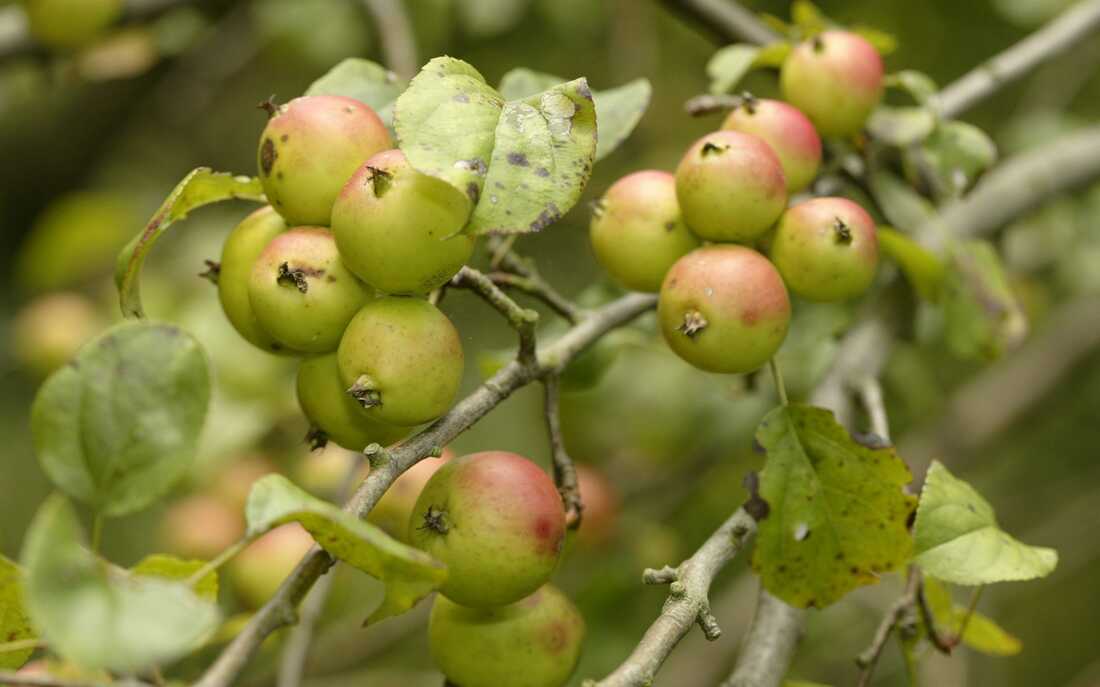

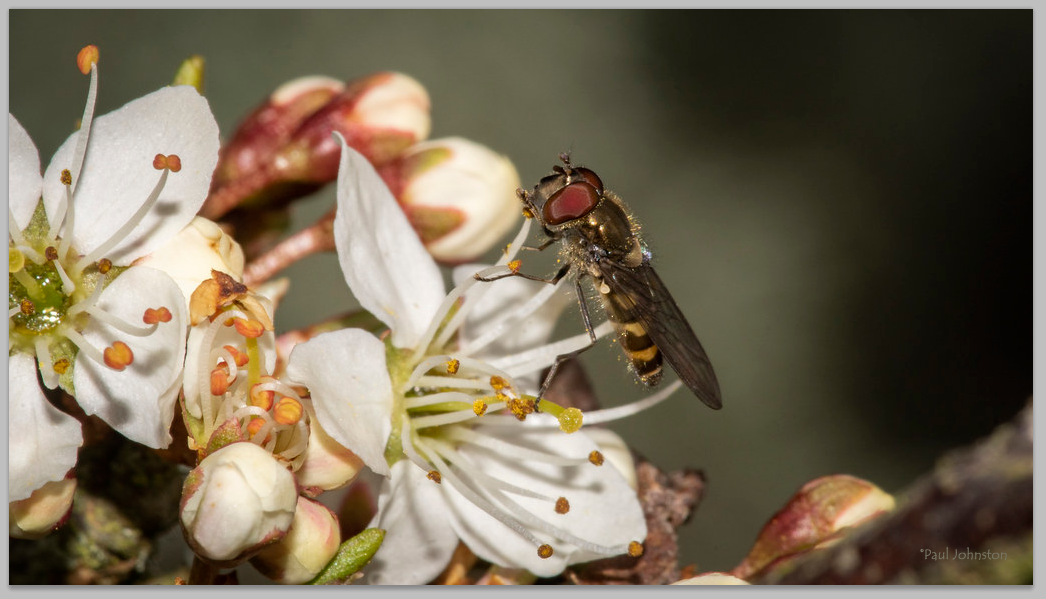
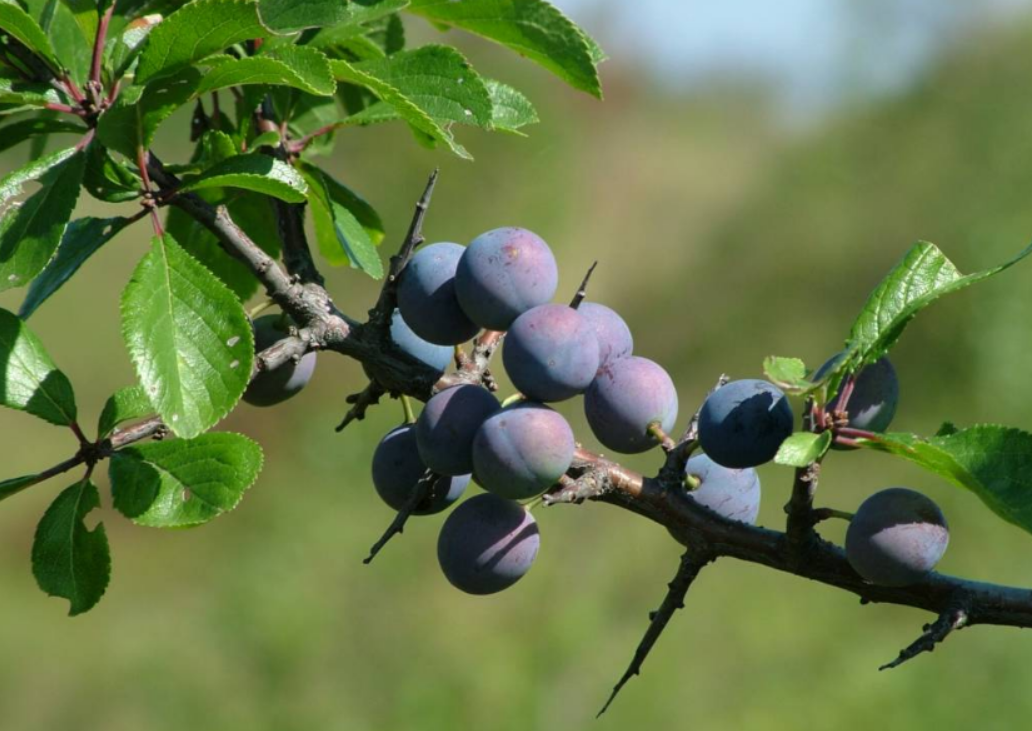
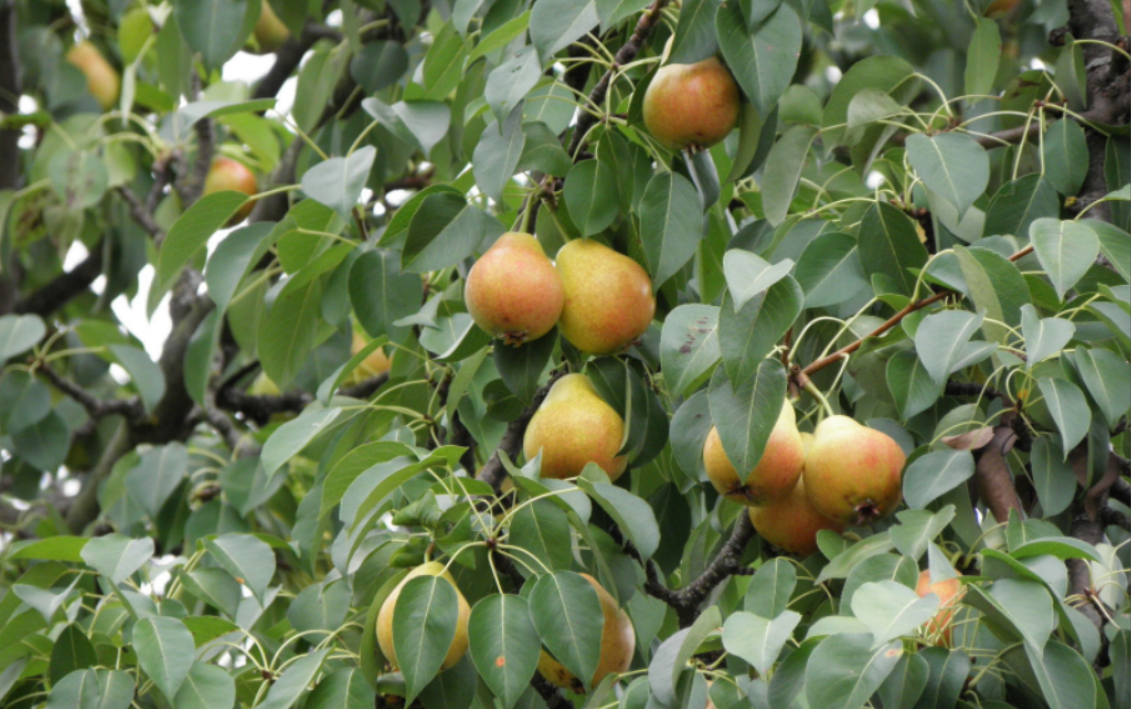
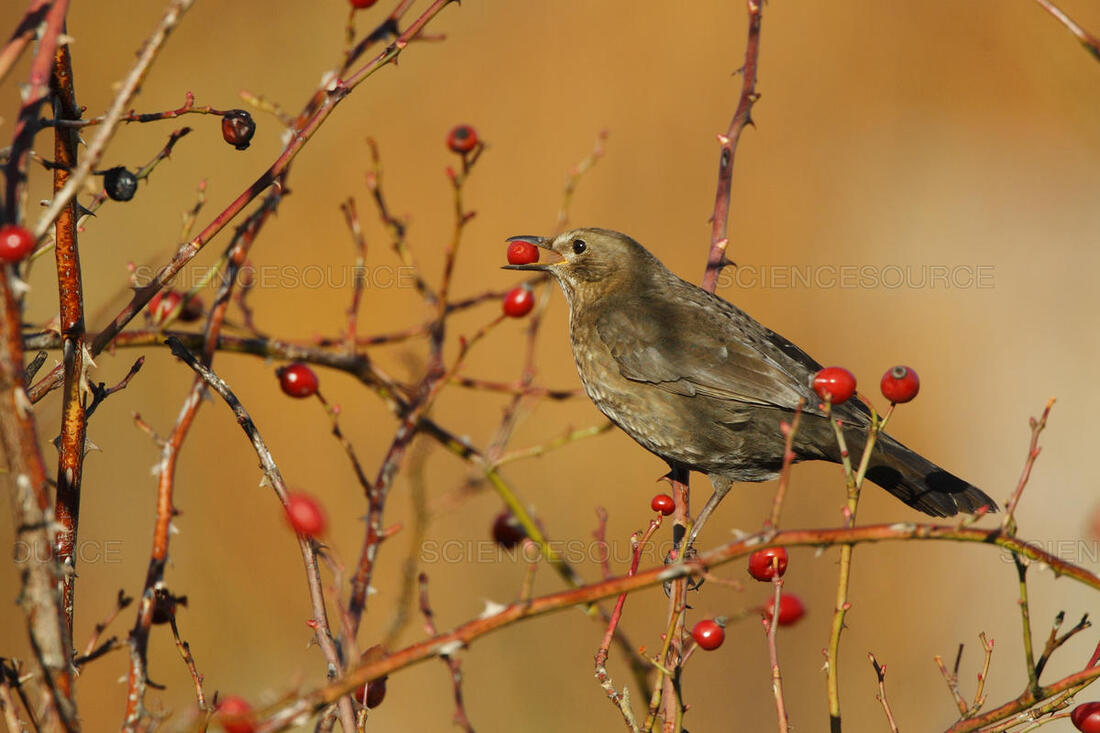
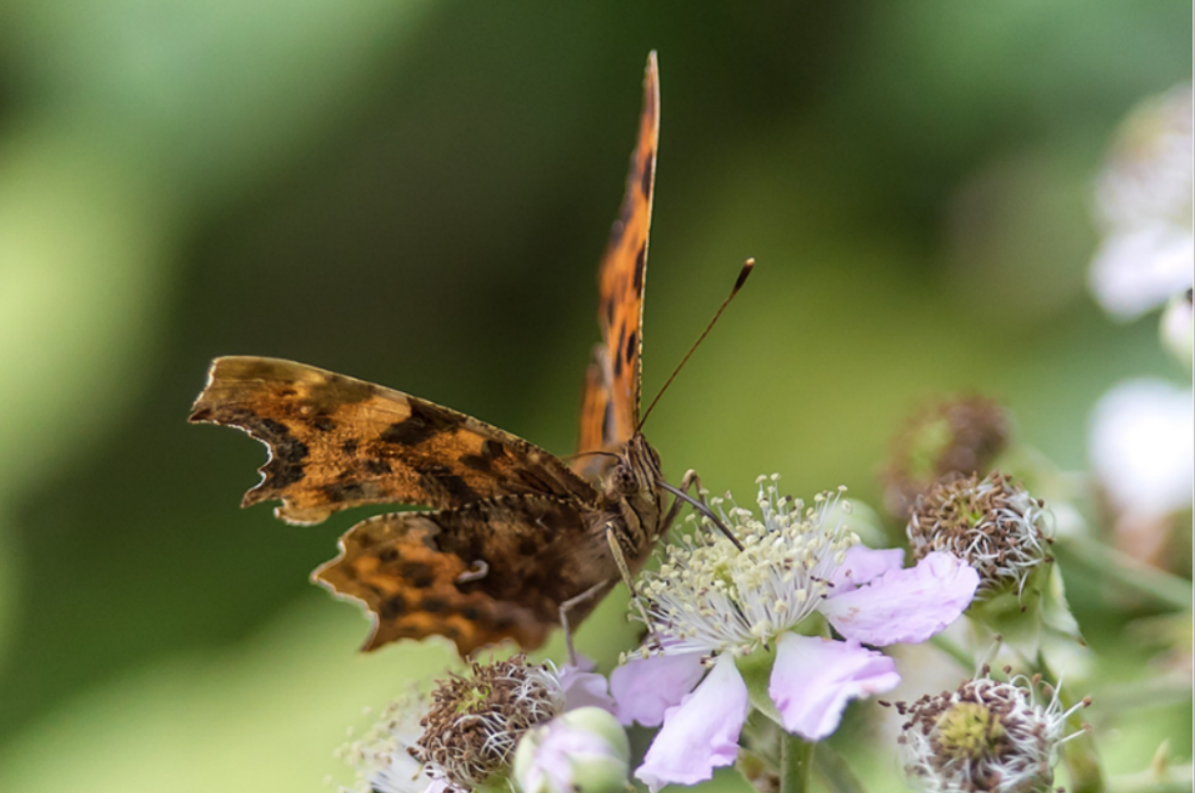

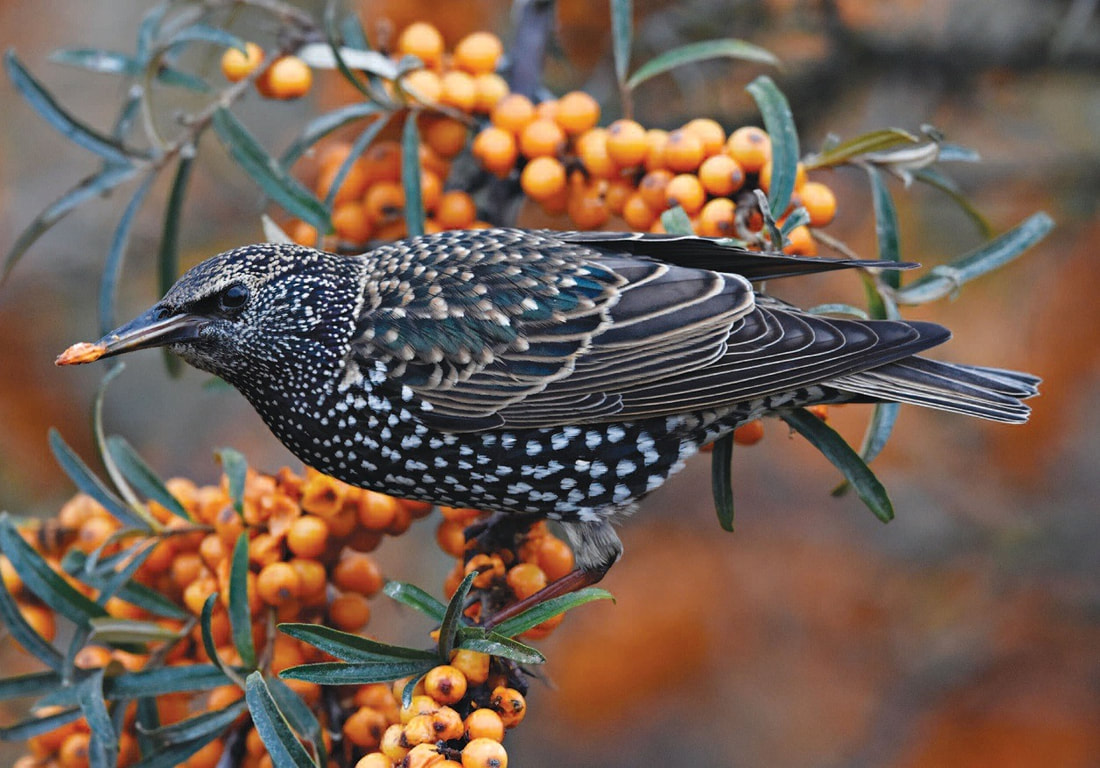
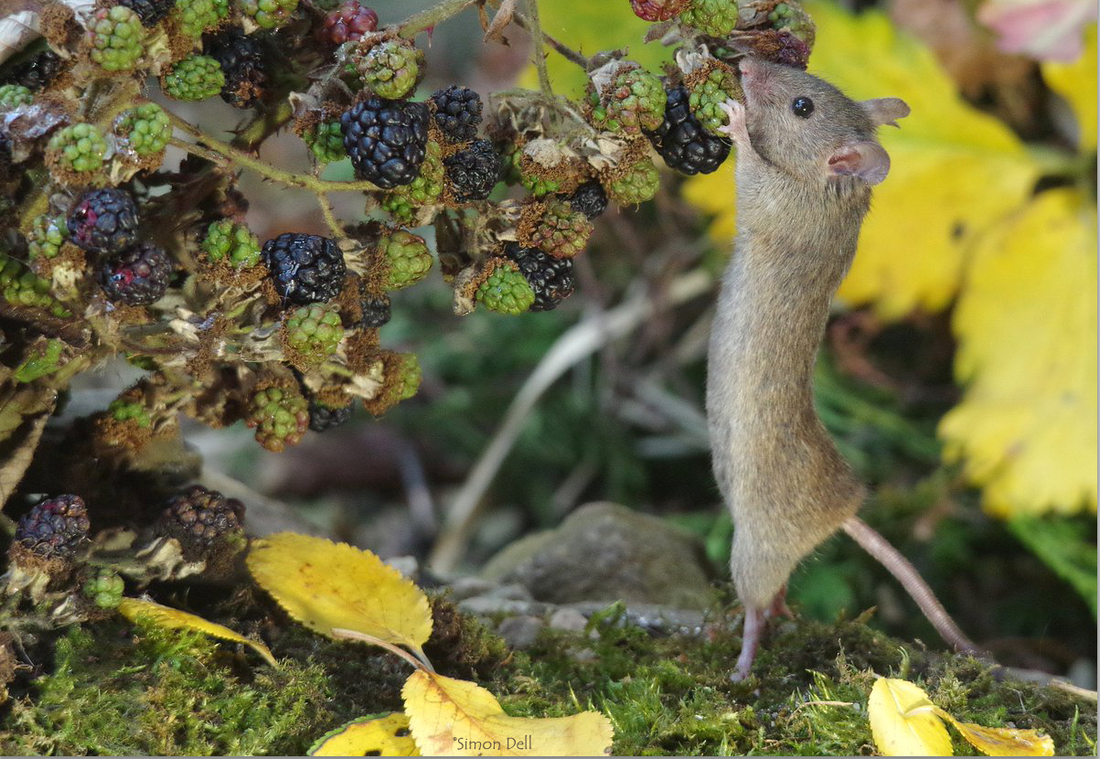
 RSS Feed
RSS Feed